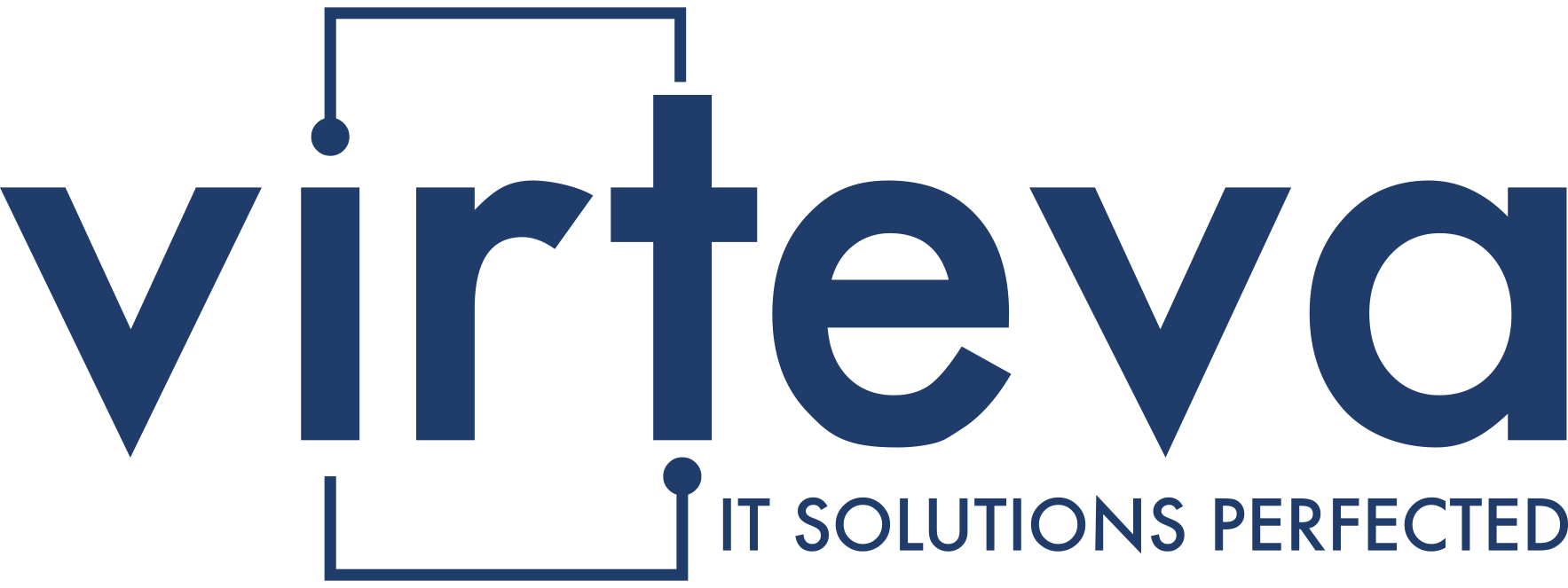Managed IT companies, also known as Managed Service Providers (MSPs), shoulder the boring and the impossible and all that claptrap—they handle your entire IT infrastructure, from network monitoring to security and cloud services. They pick up the slack so you can focus on what really matters—your business objectives. This can be especially helpful for small and medium businesses that lack the resources for a dedicated IT team.
Managed IT Companies & Modern Business Infrastructure
As technology becomes ever more central to business success, managed IT companies are stepping up as essential partners. These specialists act as an outsourced IT department, handling network health, security, and more. By freeing up internal resources and providing expert support, managed IT companies are valuable allies for businesses of all sizes.
Managed IT companies might be perceived as expensive fixes for occasional tech hiccups. However, they offer proactive care and not just reactive repairs. They act as a strategic partner, constantly monitoring your systems to prevent problems and ensure smooth operations. MSPs provide clear communication and prioritize client needs, becoming an extension of your team and not a replacement.
The truth is that small and medium businesses (SMBs) can benefit even more. Because SMBs often lack the resources to hire and maintain a full-time IT team, a managed IT company provides a cost-effective solution. They can handle day-to-day tasks and emergencies, freeing up valuable time and resources for SMBs to focus on core business activities.
Small to Medium Enterprises (SMEs) — Benefits of Tailored IT Support
Tailored IT support offers a range of benefits that can significantly boost an SME’s efficiency, security, and overall success. Here’s a closer look at how:
Cost Effectiveness
Offers a cost-effective alternative, providing access to a pool of expertise without the burden of salaries, benefits, and training.
Enhanced Security
Offers proactive security measures like firewalls, intrusion detection, and data encryption, safeguarding sensitive information and preventing costly breaches.
Improved Productivity
Ensures smooth operations by proactively monitoring systems and resolving problems swiftly, minimizing downtime. This allows employees to focus on their core tasks without tech disruptions.
Strategic Planning and Growth
Acts as a strategic partner, analyzing your business goals and recommending solutions that optimize technology usage and support growth initiatives.
Access to Latest Technology
Keeps SMEs informed about new tools and solutions that can improve efficiency and give them a competitive edge.
Disaster Recovery and Business Continuity
Develops a disaster recovery plan to minimize downtime and ensure business continuity in case of emergencies.
User Support and Training
Offers training programs for employees, empowering them to utilize technology effectively and troubleshoot minor issues.
Cost Savings: Outsourcing vs. In-House IT Solutions
Managed Service Providers can often lead to significant cost savings for SMEs compared to building and maintaining an in-house IT department. Here’s a breakdown of the key factors:
Managed IT Services
- Fixed Monthly Fee: Provides predictable budgeting with a clear understanding of IT costs.
- Reduced Overhead: No salaries, benefits, or office space costs associated with in-house staff.
- Economies of Scale: Leverage their buying power to secure software licenses and hardware at discounted rates.
- Pay Per Use Model: Allows SMEs to scale their IT support needs up or down as required, avoiding unnecessary costs.
In-House IT
- Salary and Benefits: Salaries, benefits, and payroll taxes for IT staff can be substantial.
- Training Costs: Continuous training is necessary to ensure IT staff stay current on technology trends.
- Hardware and Software Costs: Purchasing and maintaining IT infrastructure can be expensive.
- Hidden Costs: Downtime due to IT issues can lead to lost productivity and revenue.
Insight into Less Obvious Cost Benefits
Here’s a deeper dive into some hidden benefits that can significantly impact your SME’s bottom line:
Energy Savings
Provide expertise in optimizing server performance, utilizing energy-efficient technologies, and lowering electricity bills for your business.
Reduced Downtime
Proactively monitors systems, identifies, and addresses problems before they escalate, minimizing downtime and its associated financial losses.
Tax Advantages
The costs associated with managed IT services are often considered operational expenses, which can be tax-deductible for your business.
Cybersecurity Strategies by Managed IT Services
Here’s a look at some key elements of their approach:
Vulnerability Assessments and Patch Management
Regularly scan your systems for vulnerabilities in software, hardware, and configurations, implementing security patches to address weaknesses before being exploited by attackers.
Network Security
Firewalls, intrusion detection/prevention systems (IDS/IPS), and network segmentation are deployed to monitor and control network traffic, filtering out malicious activity and preventing unauthorized access to sensitive data.
Endpoint Security
Antivirus, anti-malware, and endpoint detection and response (EDR) solutions are installed on all devices to protect against malware, phishing attacks, and unauthorized access attempts.
Data Encryption
Sensitive data, both at rest and in transit, is encrypted to render it useless even if it is stolen.
Access Control
User access controls establish who can access what data and systems, minimizing the risk of unauthorized activity.
Security Awareness Training
Regular training programs educate employees about cybersecurity best practices to reduce the risk of human error leading to breaches.
Managed IT Support Company — Ensuring Compliance with Data Protection Regulations
Understanding Regulations
Stays informed about relevant data protection regulations, such as GDPR and CCPA.
Data Mapping and Risk Assessments
Conducts data mapping exercises to identify where sensitive data resides within your systems. They then perform risk assessments to determine vulnerabilities and potential breaches of compliance.
Security Implementation and Patch Management
Implement security measures like encryption, access controls, and firewalls to safeguard data. They also ensure timely patching of vulnerabilities to minimize exploitation attempts.
Data Retention and Disposal Policies
Helps to develop and enforce data retention policies that dictate how long data is stored based on legal and business requirements. They also implement secure disposal methods to ensure data is permanently erased when no longer needed.
Incident Response Planning
Assists in developing and implementing incident response plans that outline how to identify, contain, and report data breaches in a timely manner, minimizing damage and regulatory penalties.
Managed IT Support Company & Strategic Advice that Aligns with Business Goals

Understanding Your Business
Analyze your company’s objectives, growth plans, and pain points.
Mapping Technology to Goals
Identifies how technology solutions can streamline processes, improve efficiency, and support growth initiatives.
Continuous Monitoring and Improvement
Continuously monitor your systems to identify areas for improvement and recommend adjustments to your IT roadmap as your business evolves.
Communication and Collaboration
Acts as a bridge between technical teams and business leaders, ensuring everyone understands the strategic vision and how IT contributes to its success.
Why Take the Plunge
Managed IT companies shatter the misconception of being expensive tech babysitters. They offer proactive care, acting as strategic partners that align IT with your business goals. Beyond just fixing problems, they provide expert security, ensure compliance, and even identify hidden cost-saving opportunities like energy efficiency and disaster recovery. This expertise is especially valuable for under-resourced SMBs.
So, if you’ve been hesitant about managed IT, consider the surprising facts: they can save you money, free up internal resources, and empower your business to thrive in today’s tech-driven world. Isn’t it time to explore how a managed IT company can become your strategic partner in success?




